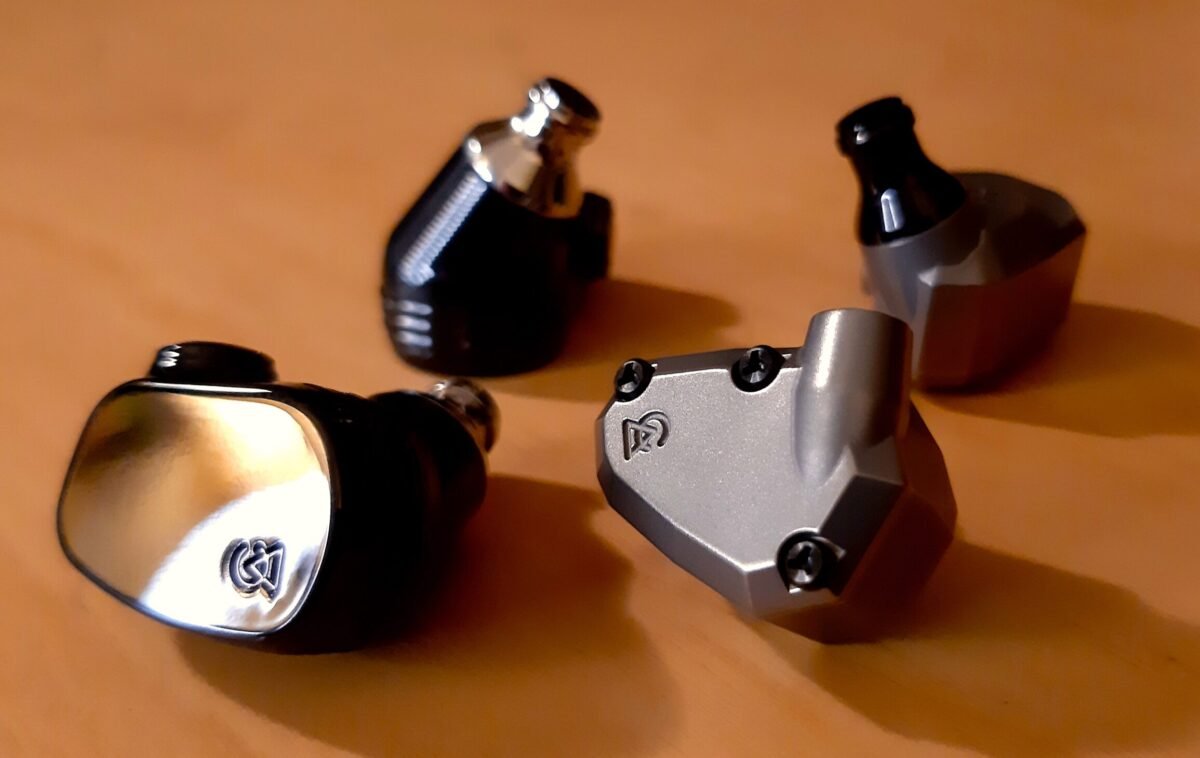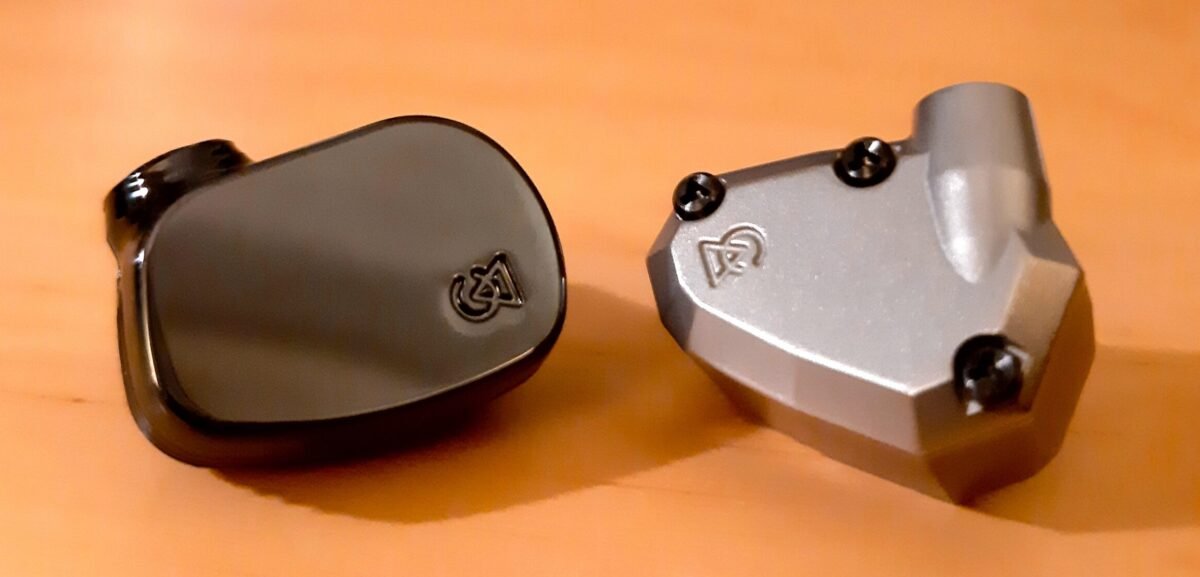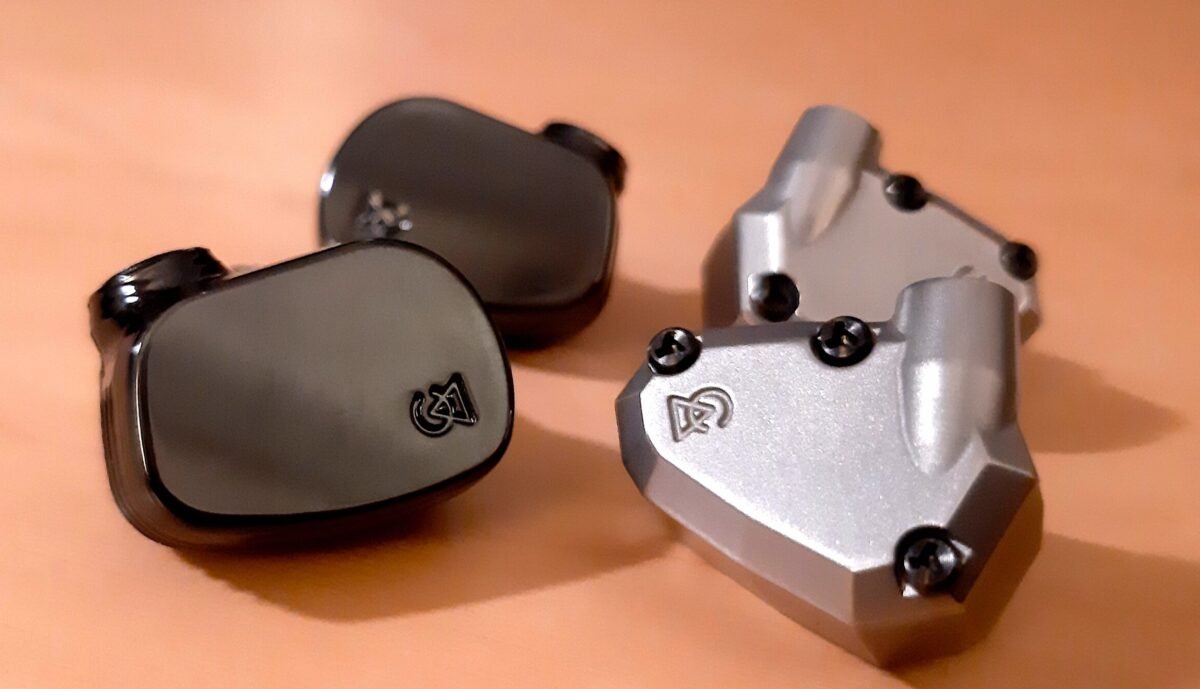Campfire Audio Ara and Solaris 2020

Campfire Audio’s Ara ($1299) and Solaris 2020 ($1499) are premium universal fit earphones that exude quality and beauty.
Both models are packaged in artistically fashioned cardboard fold-out boxes and include finely crafted, environmentally sustainable cork cases, a range of silicone and foam ear tips.
Ara comes with Campfire’s thin and durable Litz cable. Solaris 2020 is equipped with the “Super Smoky” – double the strand count – Litz cable.
With illustrious industrial designs and attention to detail, Ara’s titanium shell has a subtle utilitarian luster while Solaris 2020 has a black polished sheen.
As is the case with all in-ear monitors, fit and seal can be a personal endeavor, but among our team, both IEMs fit comfortably and securely. The two units provide decent isolation form outside noise, with Ara having a slight edge in this regard.

Both models are sensitive to output impedances. The sound of them can change with different source pairings. Listening impressions were based on tests done with 7 different DAC/amps.
Ear tips (seal, insertion depth) affect their performance as well. Silicone tips favor bass texture and airiness (at the expense of more sibilance) and foam tips absorb some of the upper mid and treble peakiness for a slightly more leveled delivery. Experimentation with playback devices and tips is recommended.
Ara and Solaris offer penetrating listening experiences with contrasting tonalities. Depending on the music production, Ara is a mix between crystalline beauty and ruthless resolution, while Solaris 2020 is larger in scope, with a more plush, accommodating character.
Ara sound details
Ara does not have a puffed up sub-bass range. Instead, it produces lows that are tightly controlled and accurate. Well recorded drums have good attack. Bass instruments have quick decay and transparency.

Lower mids are neutral and unencumbered. Mids and upper mids are clean and calculated with a few ridges in the graph. Depending on the recording–vocals, guitars and brass can sound enchanting or slightly intense. Ara has extreme sensitivity to micro-transients in upper mids and lower treble. If there’s sibilance in a recording, it will not be glossed over. (e.g. Seal “Lost My Faith”).
Moving up the frequency band, we find a complex treble. With certain high frequency instrumentation (like cymbals and high register guitar), Ara can sound a bit sharp and metallic, but to some tastes, this might be characterized as translucent and harmonically rich. For zeroing in on the minutiae, this resolution is a plus. In the intro of Coldplay “Amsterdam”, Ara unmasks such detail that you can hear ambient tics and creaks from the piano mechanism.
As a measuring tool, it will furnish the sonic differences between a 128 kbps (data compressed) mp3 and full resolution PCM audio.
Ara is not altogether edgy and clinical. With the right recordings it can sound gloriously tight and lively (e.g. Tift Merritt’s “All the Reasons We Don’t Have To Fight”). It also pairs nicely with smoother classical, instrumental, electronic, ambient music. (e.g. Kyle McEvoy / Sunshine Recorder “Folding”).
With brighter music, corrective EQ reductions at some of the frequency peaks at 1.5K, 3.5K, 5K, and 7.5K can make it more tonally uniform and pleasing.

Solaris 2020 sound details
Solaris 2020 lavishes the ears with a palpable and dimensional musical experience. There are other high-end IEMs that have a denser tonality but it’s the almost translucent, “see-through” dimension and excitement of Solaris that envelops the listener.
The dynamic low-frequency driver delivers a broad and percussive bass that extends all the way into the lower mids. On tracks with thick bass guitar, the presentation can get a little weighty but there’s still good articulation. (e.g. Viagra Boys “Sports”).
Voiced differently from the original Solaris, the 2020 model in review has more amplitude in the midrange that points to contours of guitars and vocals. Upper mids have a few accent points that can induce sibilance, but this expressive part of the spectrum pairs favorably with a lot of music. High frequencies are crisp and animated without sounding processed.
Both the Ara and Solaris have the acclaimed Campfire “beyond the head” staging and imaging. Music is open and extended, akin to listening to full-size open back headphones.
Summary
Ara and Solaris bring a sense of freshness and discovery to music. I’ve had many late nights with both models. Ara isn’t as much of an armchair listening experience but if cool, clean and bright playback is what you’re after, you might love it. Solaris 2020 is more amenable to different types of recordings and will bring moments of splendor and grandeur.
Pro Audio Times would like to thank Campfire Audio for sending us these models to review.
